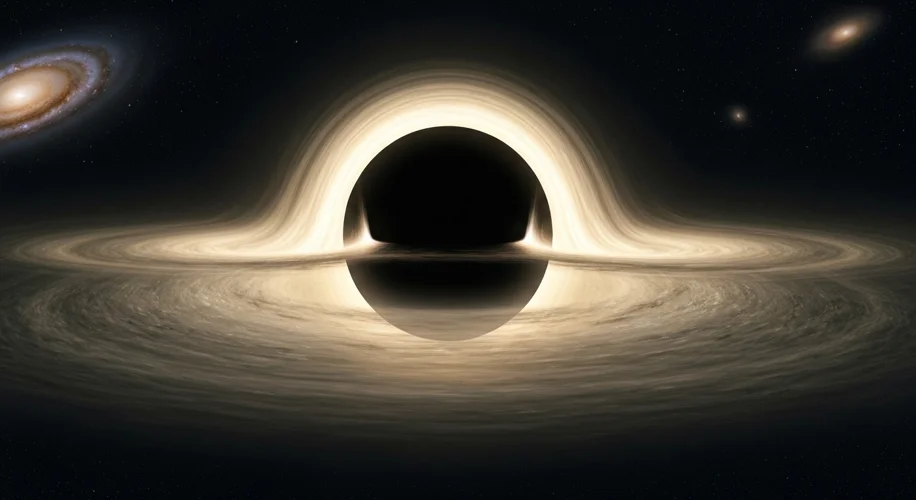Did you know that the universe just revealed a new heavyweight champion? Astronomers have discovered a black hole so massive, it dwarfs anything we’ve seen before. This isn’t just a big black hole; this is a colossal behemoth with a mass equivalent to 36 billion of our suns!
For context, our own Milky Way galaxy has a supermassive black hole at its center, Sagittarius A*, which is about 4 million times the mass of our sun. The newly discovered black hole is a staggering 9,000 times larger than that!
This monstrous object, known as TON 618, is actually a quasar, which is essentially an extremely luminous active galactic nucleus. Quasars are powered by supermassive black holes at their centers, and TON 618’s black hole is on an entirely different scale.
What’s truly mind-boggling about this discovery is how it challenges our current understanding of how black holes form and grow. Scientists have models that describe how black holes accrete matter over time, but reaching a size of 36 billion solar masses seems incredibly difficult within the age of the universe.
How does a black hole get this big? One theory suggests that perhaps these monsters formed from the direct collapse of massive gas clouds in the early universe, bypassing the typical growth process of smaller seed black holes. Another possibility is that they grew by merging with other supermassive black holes over billions of years.
Whatever the mechanism, this discovery pushes the boundaries of astrophysics. It’s a reminder of how much we still have to learn about the cosmos and the extreme objects it contains.
Studying objects like TON 618 helps scientists refine their theories and develop new ones. It’s like finding a missing piece in a cosmic puzzle that helps us understand the evolution of galaxies and the universe itself. The sheer scale of this black hole is a testament to the incredible, and sometimes terrifying, power of the universe we inhabit.

